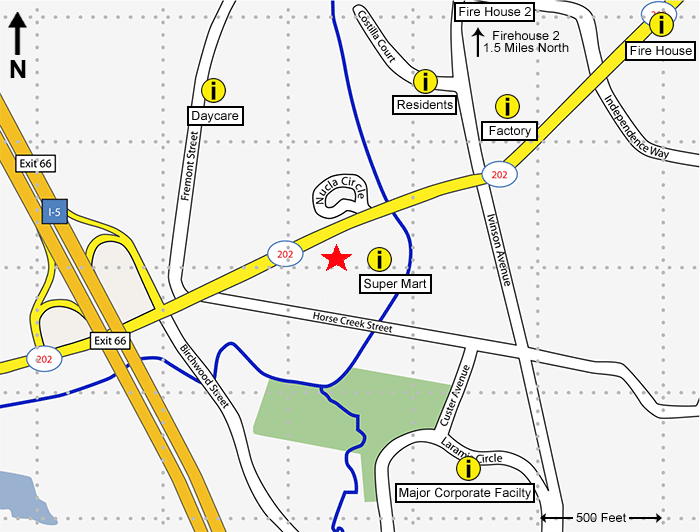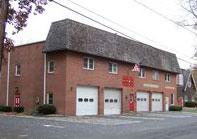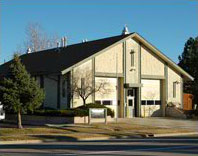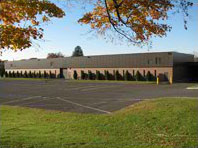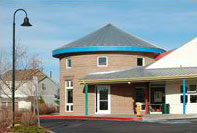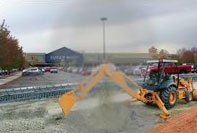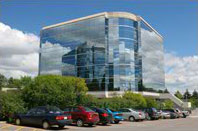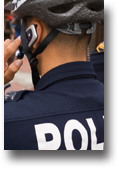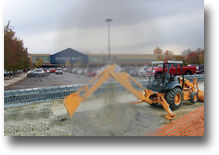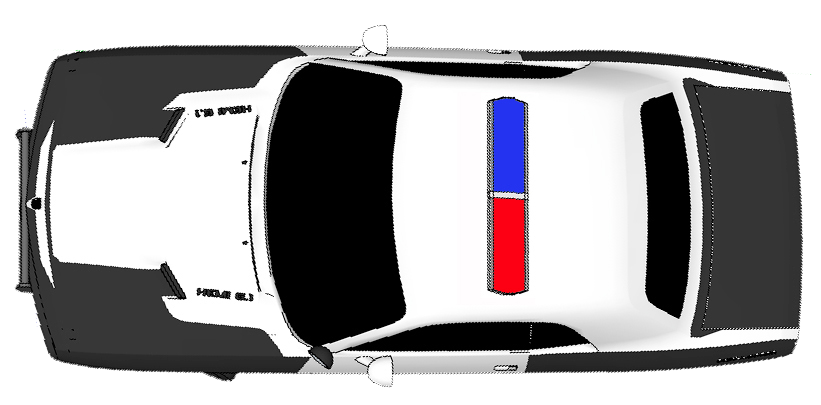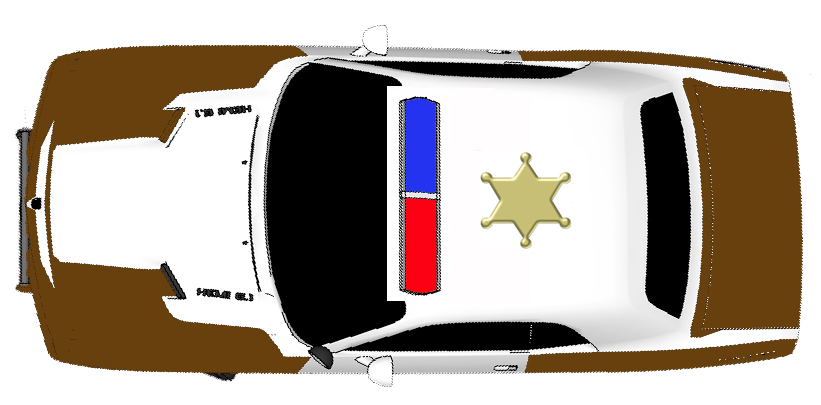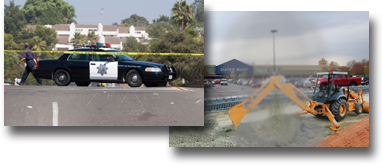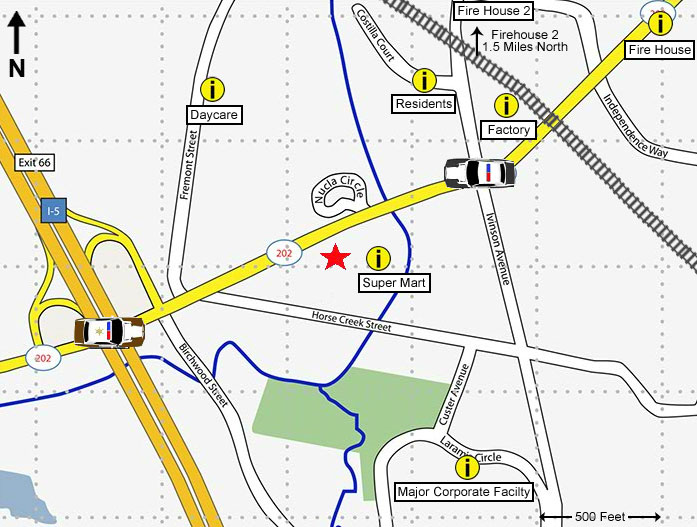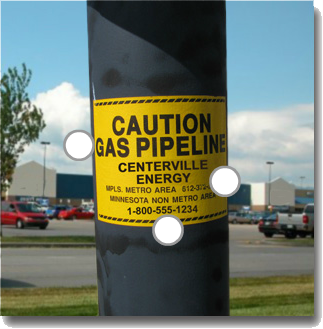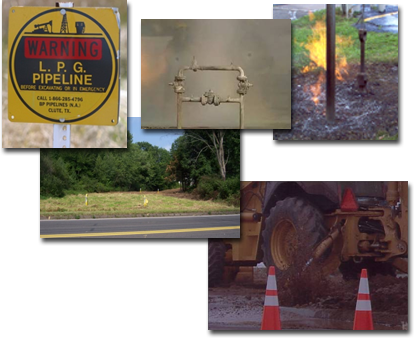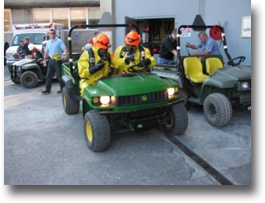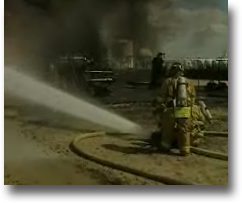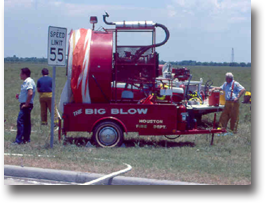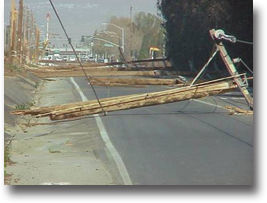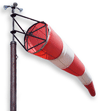
Time: 4:00 pm (Dusk) in early December |
||

Centerville is a community of 15,000 people and is located approximately 60 miles from the nearest major city. There are two pipelines running through this town. A liquid pipeline runs along the East side and a natural gas line along the West. There is also a gas transmission line that runs through an area that has been developed into a retail and food Super Mart. The local cable company is excavating in the parking lot of the store. There is a daycare, residential homes, and a metal fastening facility located in close proximity to the gas transmission line. The metal fastening facility is open and operating 24 hours a day. Within 2,000 feet of the gas transmission line you will also find a small shopping mall, gas station, additional residential homes, and a major corporate facility. |
||
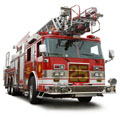
The Centerville Fire Department is a volunteer fire department with career and volunteer responders. The fire department’s first response to this call would include two engines, a rescue truck and a chief officer. The personnel would be approximately 9-12 members on scene. The total response team for the community could reach 20-25 fire personnel. Mutual Aid will also respond with 5 engines, 2 tower ladders, and 5 medics within 1 Hour. |
||

Centerville law enforcement consists of 18 officers from the local police force. There are 6 officers on duty at the time of the event. There are 2 county sheriffs in the area and 6 additional men who can be provided with a call back to work order according to the Emergency Response Plan. There is a local off duty police officer for traffic control at the Super Mart due to the high traffic volume on Saturday. The closest on duty patrol officer is a mile away to the East and a county sheriff is two miles away to the West. Call back will take 1 to 2 hours to get a guaranteed 8 more officers. | ||
| Background ^ |
 to see images.
to see images.